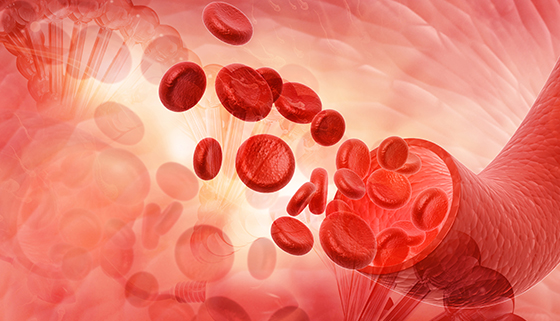Introduction
A bone marrow transplant, also known as a stem cell transplant, is a medical procedure that replaces unhealthy bone marrow with healthy bone marrow. This type of transplant is typically used to treat various types of cancers, such as leukemia and lymphoma, as well as other disorders that affect the bone marrow, such as sickle cell anemia and thalassemia.
A bone marrow transplant aims to restore the ability of the bone marrow to produce healthy blood cells by replacing the damaged or destroyed bone marrow with healthy bone marrow cells. The transplant can be performed using a patient’s own bone marrow (autologous transplant) or bone marrow cells from a donor (allogeneic transplant).
In an autologous transplant, the patient’s own bone marrow cells are collected and stored before undergoing high-dose chemotherapy or radiation therapy to kill cancer cells or abnormal cells in the bone marrow. After the treatment, the stored bone marrow cells are infused back into the patient’s bloodstream, where they travel to the bone marrow and begin to produce healthy blood cells.
An allogeneic transplants, on the other hand, involves using bone marrow cells from a donor who is a close genetic match to the patient. The donor can be a sibling, a parent, or an unrelated donor found through a bone marrow registry. Before the transplant, the patient undergoes chemotherapy or radiation therapy to destroy the cancer cells or abnormal cells in the bone marrow. The donor’s bone marrow cells are then collected and infused into the patient’s bloodstream, where they travel to the bone marrow and begin to produce healthy blood cells.
The success of a bone marrow transplants depends on several factors, including the type of transplant, the patient’s age and overall health, the stage of the disease, and the availability of a suitable donor. Allogeneic transplants have a higher success rate than autologous transplants because they provide a new immune system that can attack any remaining cancer cells.
However, allogeneic transplants also carry a higher risk of complications, such as graft-versus-host disease (GVHD), where the donor’s immune cells attack the patient’s healthy cells, including the skin, liver, and digestive system. GVHD can be mild or severe and may require treatment with immunosuppressive drugs to prevent further damage.
Bone marrow transplants are complex procedures that require a team of specialists, including hematologists, oncologists, transplants surgeons, and nurses. The process involves several steps, including:
- Evaluation: Before the transplant, the patient undergoes a thorough evaluation to determine if they are a suitable candidate for a bone marrow transplant. The evaluation includes a medical history, physical examination, blood tests, imaging studies, and other tests to assess the patient’s overall health and the stage of the disease.
- Donor selection: If an allogeneic transplant is planned, the patient’s family members are tested to determine if they are a suitable donor. If a family member is not a match, the patient is registered with a bone marrow registry to find an unrelated donor.
- Conditioning: Before the transplant, the patient undergoes conditioning, which involves chemotherapy or radiation therapy to destroy the cancer cells or abnormal cells in the bone marrow and suppress the immune system to prevent rejection of the donor’s bone marrow cells.
- Transplant: The bone marrow cells are collected from the patient or donor and infused into the patient’s bloodstream




